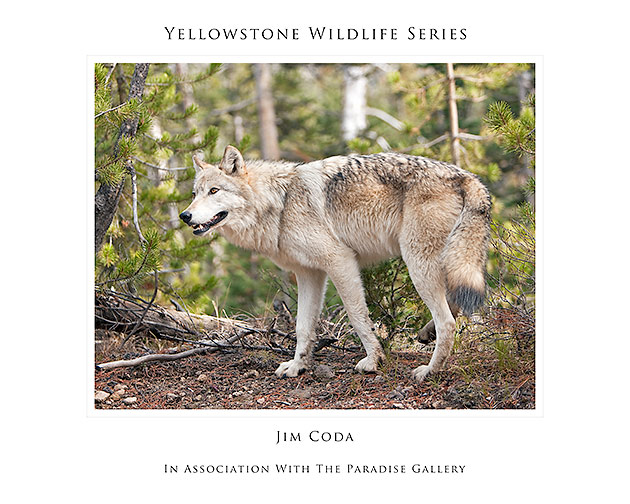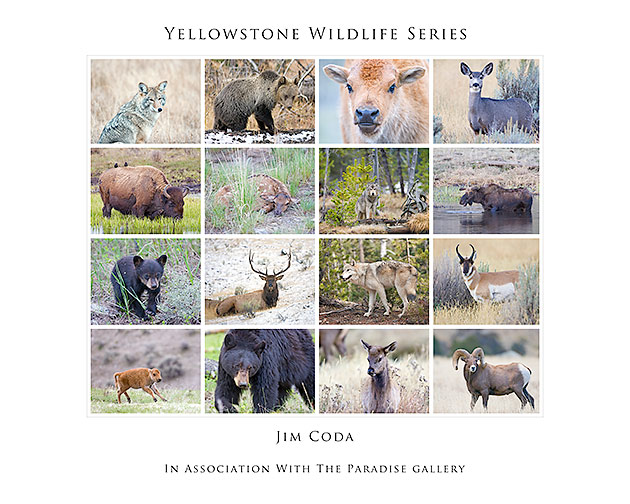Hummers Are Amazing
I find hummers to be amazing birds because of their size, speed and maneuverability. According to Hummingbird World, their nests are about the size of half of an English walnut shell. The outer part of their nests is made up of moss and plant fibers. Sometimes it is shingled with lichen. The rest is comprised of plant down and spider web material. Eggs measure one-half inch in length.











